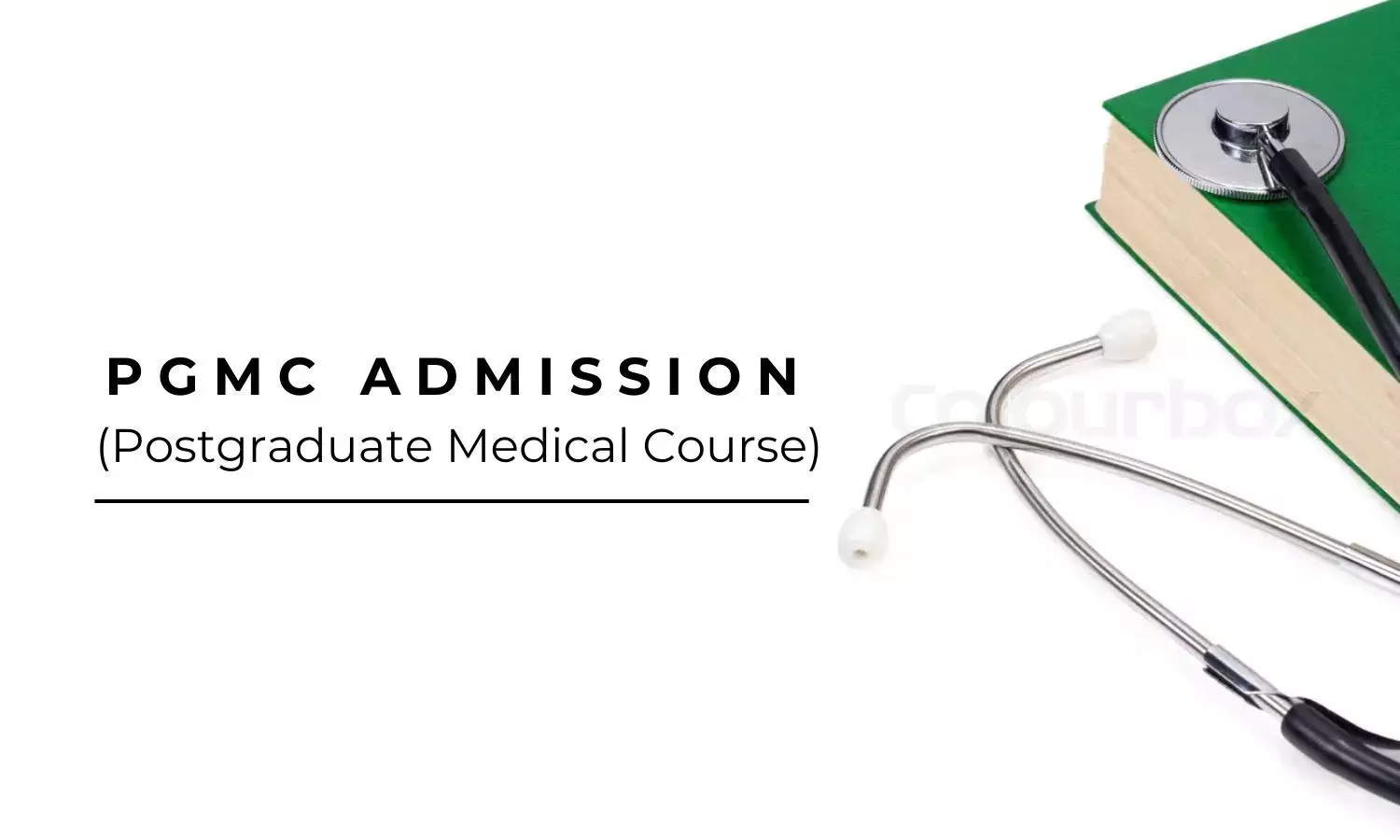Sandals Team hosts Love Talks
6 months 3 weeks ago
Health, lifestyle, PRESS RELEASE, antonio allard, deleon forrester, gbvu, gender based violence unit, gppa, grenada planned parenthood association, grenchap, jaydyne alexander, love talks, ministry of social development, norman gilbert, peter rodd, rachel james, sexually transmitted infection, sti
Medical News, Health News Latest, Medical News Today - Medical Dialogues |
GGSIPU PG medical Admissions 2025: 565 Seats Across Delhi's Top Medical Colleges, Here's complete guide
6 months 3 weeks ago
State News,News,Delhi,Medical Education,Medical Colleges News,Medical Universities News,Medical Admission News,Latest Medical Education News,Notifications,Latest Education News
Grenada reporting increase in sexual transmitted infections
6 months 3 weeks ago
Health, chlamydia, genital discharge syndrome, gis, gonorrhea, government information service, HIV/AIDS, linda straker, Ministry of Health, sexually transmitted disease, sexually transmitted infection, trichomoniasis
Health Archives - Barbados Today
Hidden cure: Scientist urges investment in natural remedies
6 months 3 weeks ago
Health, Local News
Health Archives - Barbados Today
Youth advocates urge ad ban in childhood obesity fight
6 months 3 weeks ago
Health, Local News
Low-carb keto diet may not raise heart disease risk, new study suggests
6 months 3 weeks ago
Health, heart-health, Food, diet-trends, Nutrition, food-drink, healthy-living, lifestyle
Increase in Sexually Transmitted Infections (STIs)
6 months 4 weeks ago
Health, PRESS RELEASE, chlamydia, genital discharge syndrome, gis, gonorrhea, hepatitis b, hpv, human papillomavirus, Ministry of Health, sexually transmitted infection, sti, trichomoniasis
Immune Signals Shape Social Behavior and Anxiety in the Brain - Neuroscience News
- Immune Signals Shape Social Behavior and Anxiety in the Brain Neuroscience News
- New studies reveal how cytokines affect mood and behavior News-Medical
- Inflammation and the Brain: How Immune Activity Can Alter Mood and Fuel Anxiety | Newswise Newswise
6 months 4 weeks ago
Ozempic can slash risk of Alzheimer's, study finds - Daily Mail
- Ozempic can slash risk of Alzheimer's, study finds Daily Mail
- Drugs like Ozempic and Wegovy could significantly cut dementia risk New Scientist
- GLP-1 Drugs Might Cut Dementia Risk in Half Medscape
- Dementia risk decreased 45% with weight loss drugs like Ozempic — researchers reveal ‘important next step’ New York Post
- Ozempic cuts risk of dementia, study suggests The Telegraph
6 months 4 weeks ago
Molecules that fight infection also act on the brain, inducing anxiety or sociability - MIT News
- Molecules that fight infection also act on the brain, inducing anxiety or sociability MIT News
- New studies reveal how cytokines affect mood and behavior News-Medical
- Immune Signals Shape Social Behavior and Anxiety in the Brain Neuroscience News
- Inflammation and the Brain: How Immune Activity Can Alter Mood and Fuel Anxiety | Newswise Newswise
6 months 4 weeks ago
Medical News, Health News Latest, Medical News Today - Medical Dialogues |
HC upholds Panchkula clinic site demarcation, Affirms Healthcare as a Fundamental Right
6 months 4 weeks ago
State News,News,Health news,Punjab,Hospital & Diagnostics,Latest Health News,Recent Health News
Take this 1-minute 'swallow test' to know your risk of deadly cancer - Times of India
- Take this 1-minute 'swallow test' to know your risk of deadly cancer Times of India
- How Often Could You Swallow In 30 Seconds? It May Reveal A Hidden Health Issue inkl
- Take the 1-minute swallow test that can reveal a hidden, deadly illness- how do you perform? Daily Mail
- Take this instant, no equipment test to check whether you have a major health condition upday News
6 months 4 weeks ago
Can’t stop clearing your throat? A doctor explains why — and how to fix it
6 months 4 weeks ago
Health, sinuses-ent, respiratory-health, healthy-living, lifestyle
Medical News, Health News Latest, Medical News Today - Medical Dialogues |
India's Medical Device Exports to US Hit by 26% Reciprocal Tariff: AiMeD Raises Concerns
6 months 4 weeks ago
News,Industry,Medical Devices News,Latest Industry News
Two new malaria cases reported in south Trinidad - Trinidad and Tobago Newsday
- Two new malaria cases reported in south Trinidad Trinidad and Tobago Newsday
- Trinidad and Tobago Malaria Cases Heighten Travel Caution Vax-Before-Travel
- Deyalsingh urges hunters, hikers to take precautions to avoid malaria Trinidad Guardian
- Health Ministry probing five cases of malaria in South Trinidad Express Newspapers
- Health Minister urges caution following new malaria cases Trinidad Guardian
7 months 4 hours ago






